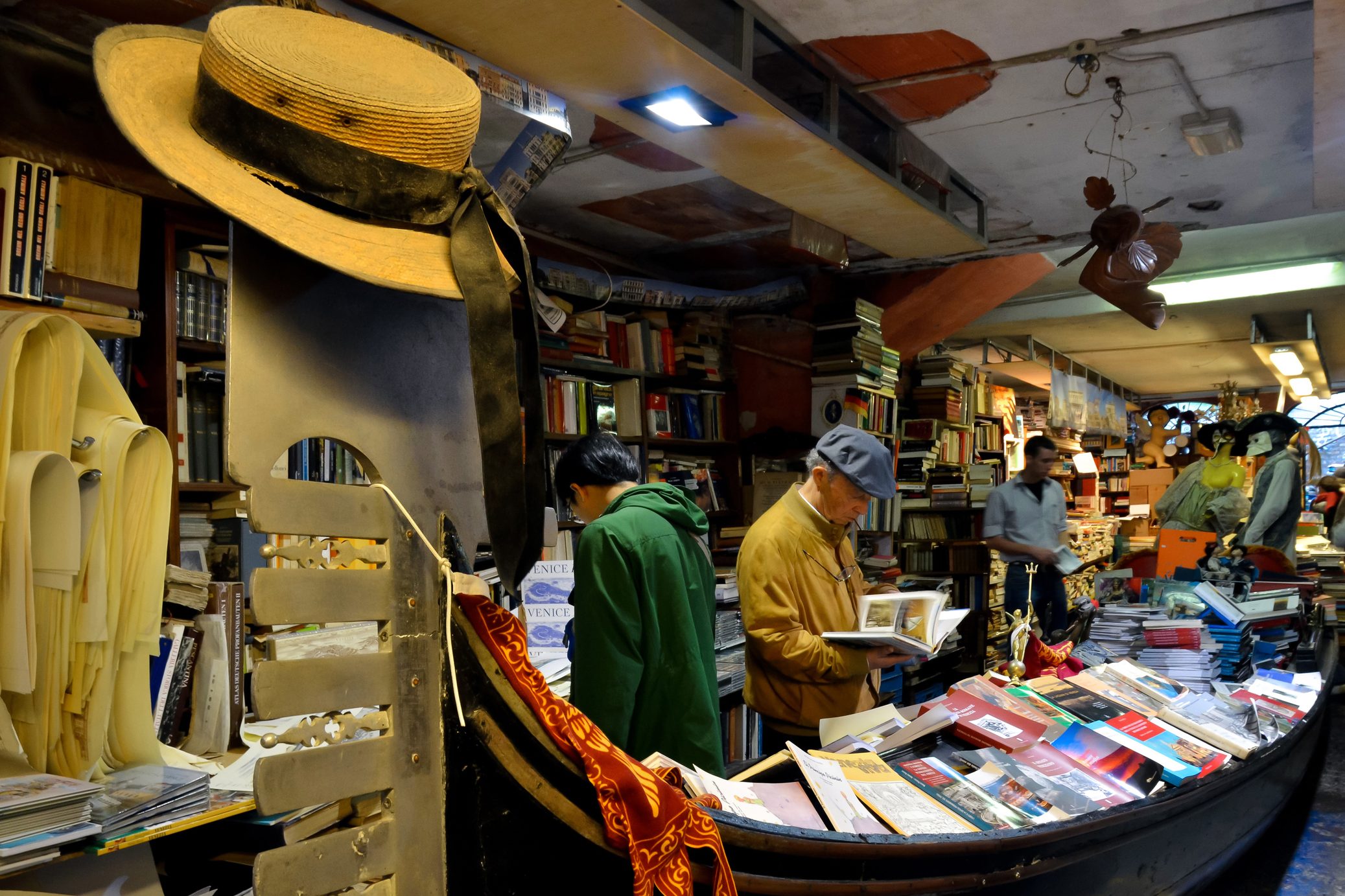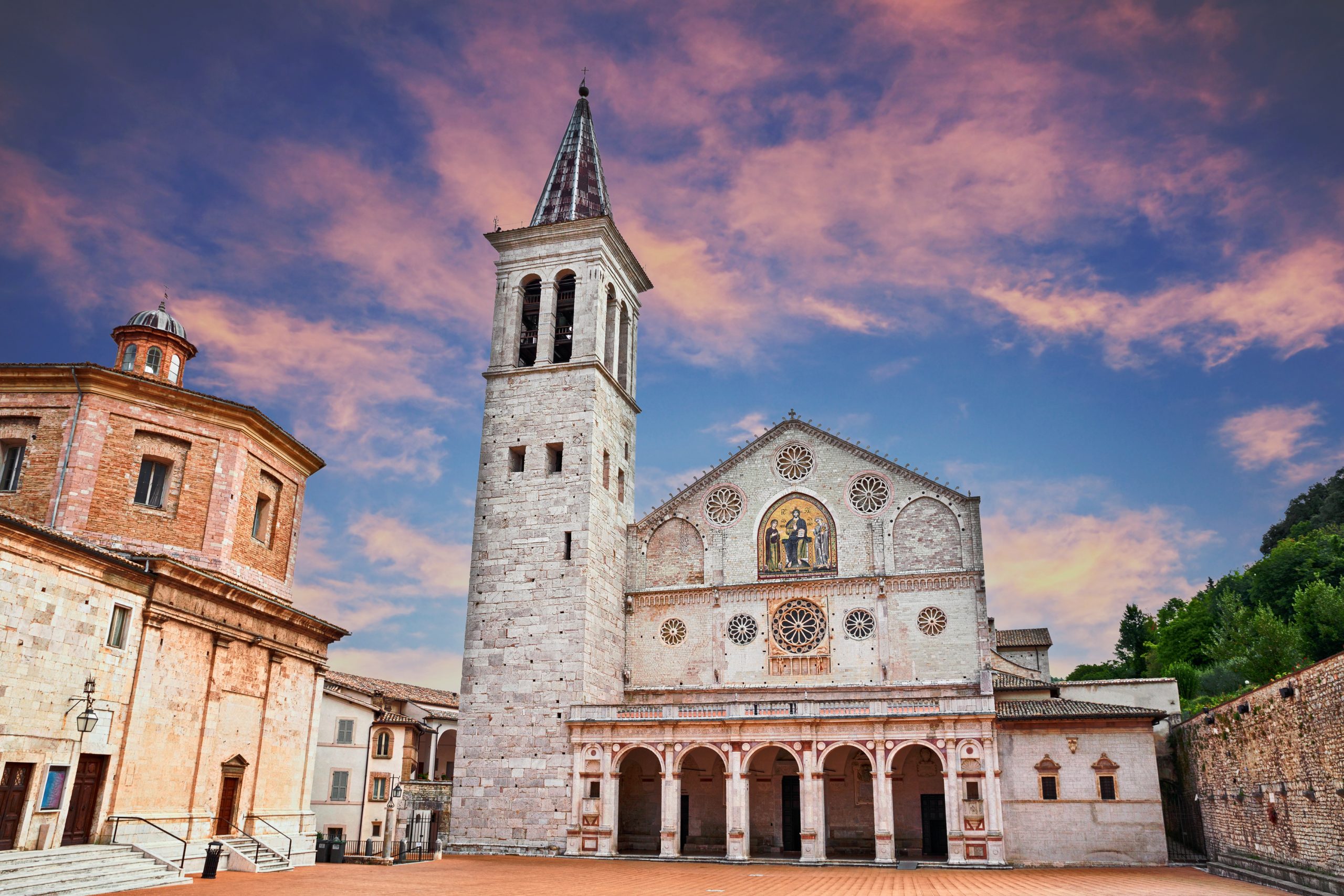When most think about Sicily, they think of ancient Greek ruins by the bluest of seas; they think of the temples in Agrigento or of the chaotic street markets in Palermo.
Yet, there is a quieter side to Sicily: the sleepy town of Erice, perched on a mountain top of the same name, is a small retreat that bears little in common with nearby beach side towns and resorts. At more than 2000 feet above sea level, this small village offers breathtaking views of the Mediterranean –from Trapani to the west all the way to rugged Punta del Saraceno and Capo San Vito to the north east- and gives visitors a chance to get away from everything and relax in a beautiful medieval setting.
Although small, Erice is certainly rich in history: founded by the Phoenicians, it was later destroyed during the First Punic War, and then rebuilt and ruled by the Arabs until the Norman conquest in 1167. To this day the town center, inside the thick fortification walls, has the distinct, manicured look of a picture perfect town from the Middle Ages. What makes it even better and easier to explore is that Erice is a pedestrian only zone and its streets and alleys are paved with well-kept cobblestones.
Wandering around with no rhyme or reason is certainly one of the best things to do in Erice, as is crossing the whole village and walking to the very top of the mountain, where the Castello di Venere sits, dominating the whole town and the valley below. The castle is a Norman fortress built between the 12th and 13th century that rises from the ruins of an ancient temple dedicated to Venus. The high walls, the pretty courtyards and the effortlessly elegant shape of the towers give way to amazing views of the Mediterranean and a small café serves drinks and food for those who want to linger and enjoy the castle’s beauty a little longer.
On the opposite side of town stands the gorgeous Duomo of Erice, commissioned in 1312 by Frederick the 2nd, grateful to the villagers because they had welcomed and sheltered him during the Vespri riots of 1282. The inside of the church has been remodeled several times and features different styles from different eras, but there are still some original side chapels from the 1400 and 1500s. Yet the best the Duomo has to offer is the view from the top of the bell tower, which one can reach by climbing a steep staircase up to the top, about 90 feet over the church square. It may seem like a lot of steps, but Erice is also famous for its food, which means there are plenty of culinary rewards to be enjoyed after the long climb.
If you are in the mood for a snack, Erice is dotted with small bars and cafés, but if you want to taste a bit of history look no further than Maria Grammatico’s. In the early 50s, Maria’s father died suddenly, leaving his wife behind, pregnant with their sixth child. Poor and desperate, she gave up Maria, who at the time was 11, to the St. Charles’ orphanage where she and her younger sister learned the art of pastry making from the nuns. By the time she turned 22 she had mastered it and opened her café, which is still considered one of the very best in Sicily: try her almond paste pastries, her cookies and her homemade marmalades and jams with a cup of strong coffee and unwind for an hour or two as the locals do.
If, on the other hand, you are looking for a more substantial, traditional meal, you might want to steer clear of the restaurants in the main square and head to Ristorante Monte San Giuliano. This charming restaurant is a local favorite and, although slightly difficult to find as it is hidden behind the town’s main drag, is definitely worth it as it serves an amazing seafood couscous, a beloved staple from nearby Trapani.
Your best bet to reach Erice is taking the gondola that shuttles people from the outskirts of Trapani to the top of the mountain since 2005. The views on the way up are simply incredible and it saves you the hassle of finding a parking spot outside the city walls, which can be a relief especially in the summer when the village is more crowded with visitors. Otherwise, regular bus services are available between Trapani, Erice and San Vito lo Capo.
































